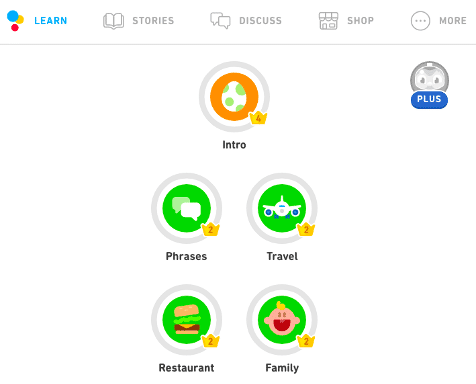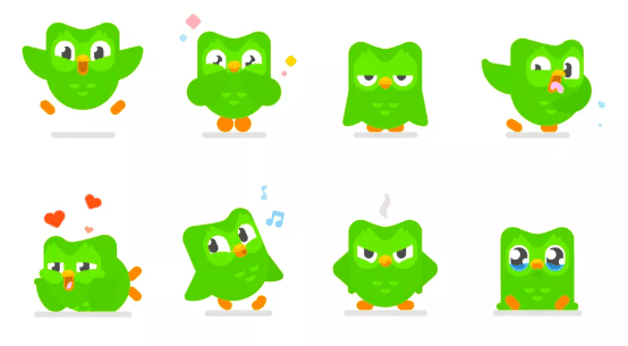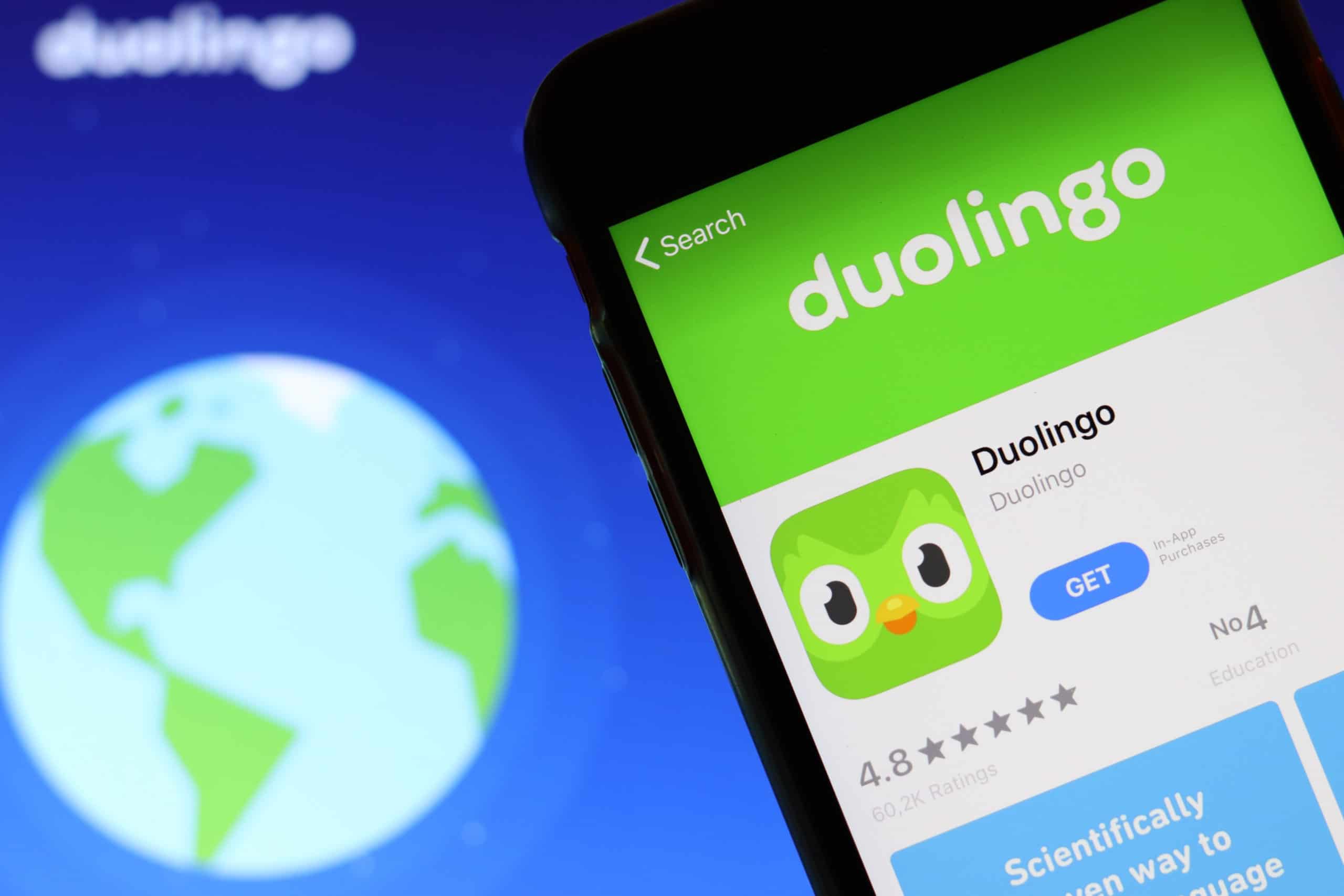Duolingo Specs: Gamification and Structure
With over 300 million users worldwide, Duolingo has certainly made a name for itself. If you were to imagine a country populated only by users of the app, it’d be about the size of the United States. Clearly, something is working. One reason for Duolingo’s global success is the use of gamification, which is the process of replicating game-like features in order to retain users. Think Candy Crush. And Duolingo is ridiculously good at gamifying the experience, doing so through the implementation of elements like XP (experience points), virtual currencies, leaderboards and streaks. “The Streak is a very powerful tool in forming a daily habit as you are rewarding and incentivizing them for using the platform at some point everyday… Once they have started a streak people hate to lose them,” said the company’s Principle Product Manager, Zan Gilani. To retain this sacred streak, you just complete a daily lesson which will usually include a mix of translation, pronunciation and matching. The lessons are organized by theme and you can achieve multiple levels within each one. All of the lessons culminate to form the skill tree, which the user is aiming to complete.

Duolingo is on a roll…literally
This April Fool’s Day, the company released the Duolingo roll. Basically, these are toilet paper rolls that come imprinted with frivolous phrases like “my cat is a lawyer.” It’s a lighthearted response to the toilet paper frenzy we’ve been through in the past year, and they’re actually giving away some rolls to their users via social media.
Duolingo is also making a splash online with the addition of a Yiddish course. Myra Awodey, the lead Community Specialist, attributes the addition to the company’s desire to encourage linguistic diversity and preservation.
Comically, the app uses their infamous owl mascot, Duo, to sends users quasi threatening reminders to complete a lesson. The Internet has totally memeified him, and this fame is a big part of Duolingo’s renown in pop culture.

The Pros of Duolingo
The material is appealing to people of all ages. Parents think it is engaging for children, while one adult French learner maintained a 40+ day streak even though she didn’t think it would considerably contribute to her ability to converse.
Duolingo’s software leverages machine learning, meaning the standard curriculum in your course evolves to match your progress. So if you were stuck on a certain word, the lesson might emphasize it more as you continue to practice. It certainly won’t recognize your hold-ups as well as a tutor may, but it’s a solid start for technology.
The lessons are bite-sized. We believe that minigoals are one way to stay motivated while learning a new language, and the five minutes it will take you to complete a Duolingo lesson is certainly a mini commitment.
Like we said, Duolingo has mastered the art of retention. Though there are some criticisms of the program, and we think a few of them are valid.
There is Room for Improvement
The academic criticism has been blunt, concluding that the software lacks “the ability to coach students in the authentic production of the target language.” That matters, especially when considering articulate speaking and writing is elemental to fluency.
There’s limited grammar instruction and no built-in method to engage in actual conversation. The voices that read the lesson’s sentences are automated, giving the learner no actual exposure to variation or mannerisms. Syntax and authentic communication are two skills that must be included in language study, and we think this is a big hurdle to achieving any substantial progress.
Duolingo does not offer insight into culture or colloquialisms. Language is directly related to culture, and the absence of this understanding can be a real problem for any language learner.
What People are Saying
We know that our opinion is only one of many, so we asked around to see what other Duolingo users had to say about their experience with the app.
Mateo, a French learner, said that the learning experience is at times unclear yet fun. For him, it’s a complementary tool.
Melanie is learning Japanese on Duolingo and she thinks “[Duolingo] is a good form of practice to exercise what you’ve already learned in class with a professional teacher.” She’s gained an improved vocabulary but has not made advancements in grammar.
All things considered…
The Duolingo language learning app has got a few things going for it. It’s entertaining, accessible, and up to speed. People of all ages have enjoyed this app, and you won’t finish a course with empty pockets. The thing is, you probably won’t have really become fluent in a language either.
Duolingo is best for beginner learners who are looking for an easy starting place, but should ultimately consider the app as a means rather than an end. Crucial elements are missing, conversation and cultural insight chief among them.
We believe that language learning requires talking with a real person, in real time. TruFluency may not have an infamous owl for a mascot, but we do have supportive and skilled fluency coaches who are eager to help (and fun, too!). Learn more about how it works and choose a commitment that is right for you.





